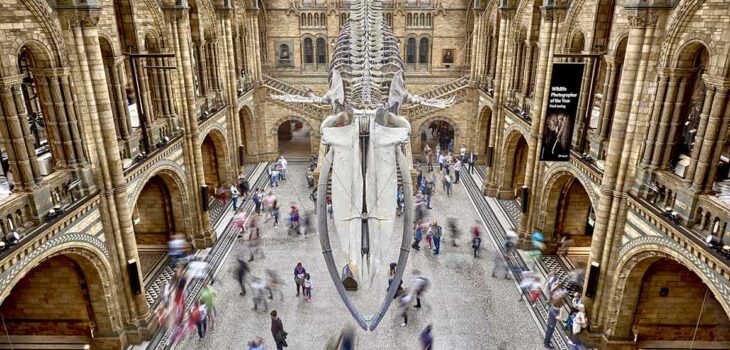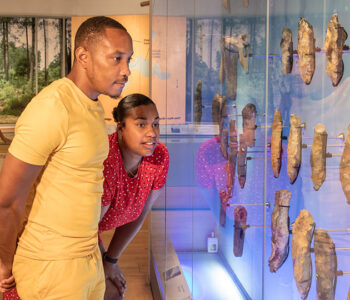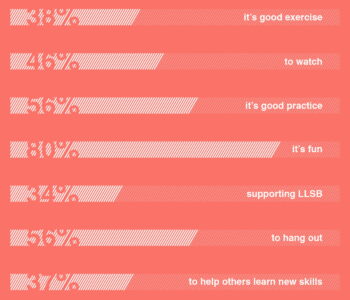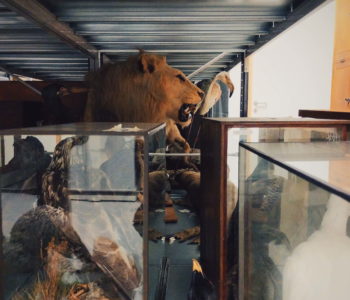
Natural History Museum
A major research and consultation project working with curatorial and Learning teams to develop a new Children’s Gallery, a global international education initiative, onsite programming and online activities. We worked alongside the teams onsite on remotely to establish the guiding principles for the project, develop key interpretive themes and programming which engages young people with caring for and understanding their immediate natural environments and ecosystems as well as those globally.
The research explored how to:
- Optimise the experience of the new Children’s Gallery, through activities on themes of Wild Voices, connecting with animals’ lives in different habitats.
- Lift barriers of access to schools, families and groups with intersecting factors of disadvantage or SENDs, by consulting them, travelling to settings with activities, and easing their experience of the NHM as a whole.
- Inspire and acknowledge young children as imaginative friends of the natural world, and provide templates for partners in the GEI, through online resources for digital and real-world play and nature connection.
- Develop skills of adults (including NHM staff and volunteers) to reconnect with nature and support children through a ’School of Nature Play’.
- To do action research as the activities are developed, to serve the global initiatve with insights.




